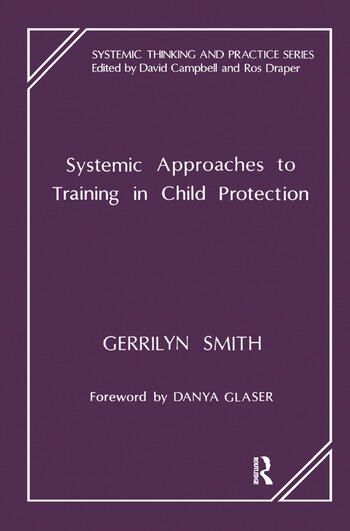The Winning Trainer
This book has more ideas on how to add involvement in learning than any one trainer could ever use. Your students and workshop participants will increase their understanding and retention when you design training activities using 'The Winning Trainer'. This updated and expanded edition is richer than ever before. It provides: * more than 100 ready-made handouts learning instruments and worksheets... all you do is photocopy * numerous examples model dialogues and sample answers * hundreds of exercises games puzzles role plays icebreakers and other group-in-action techniques * samples of each technique and ways to effectively use them * advice on subjects such as unwilling participants use of the outdoors breaks program endings and storytellingSignificant new additions to the book include materials on the following topics:* new easier to accomplish approaches to evaluation - ROE (Return on Expectations) and Customer Satisfaction as a business indicator* a methodology to secure group feedback at the end of the program concerning the trainer/facilitator's role and participation in the course* an instrument for the early screening of likely obstacles when transferring training* added techniques to ensure that training transfers to the job* a demonstration of how to conduct a quick assessment of needs when under pressure to do so* keys to successful training in other cultures* several new instruments including how to assess one's prowess as a facilitator how to assess trust in a team and how to measure one's CQ (creativity quotient)Two new chapters have been added to treat new material on intelligence and learning principles of adult learning and distance learning. In addition numerous new group-in-action techniques and conceptual materials have been added to the existing chapters.This is the one-stop source book every trainer needs.

















































